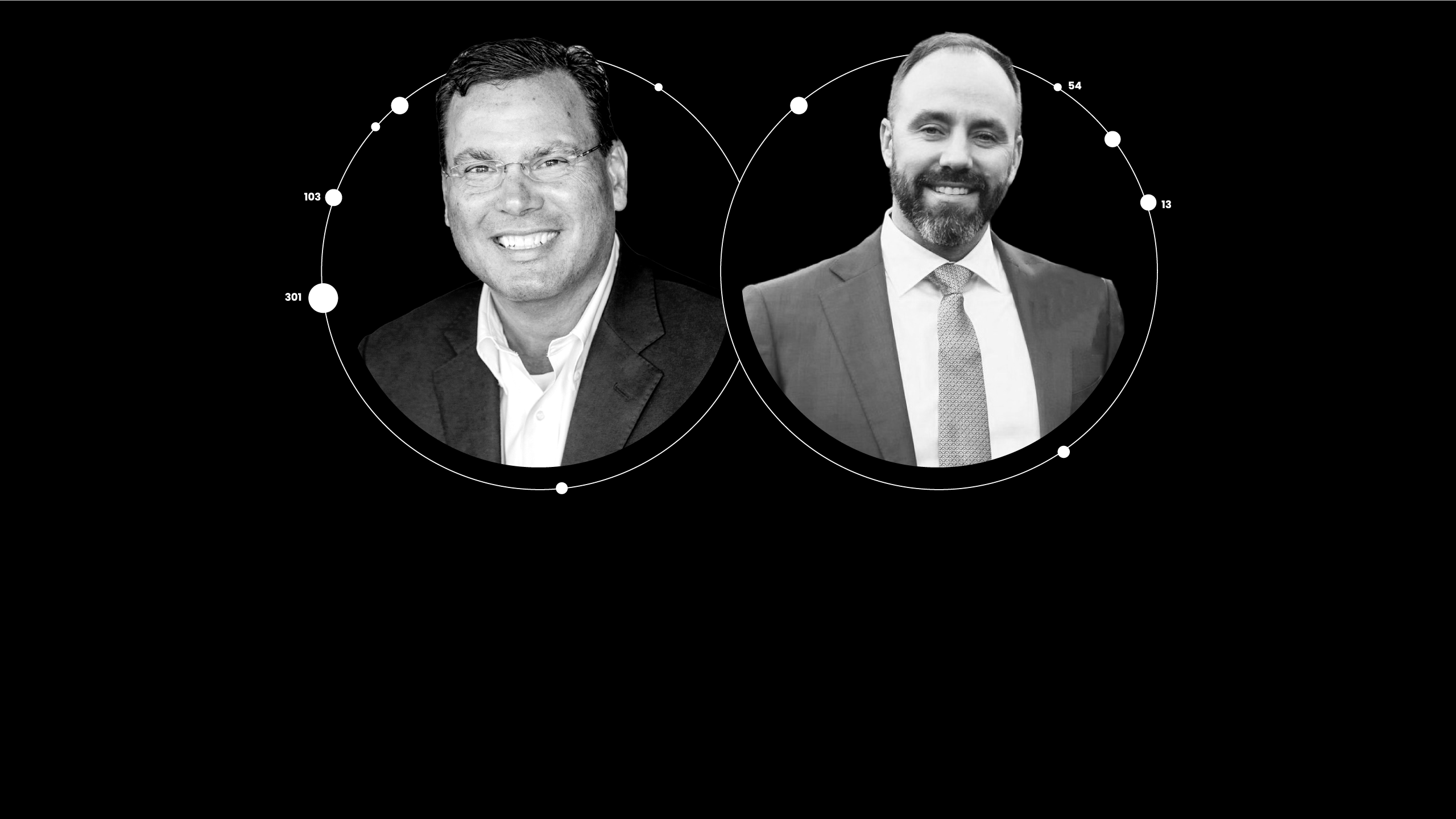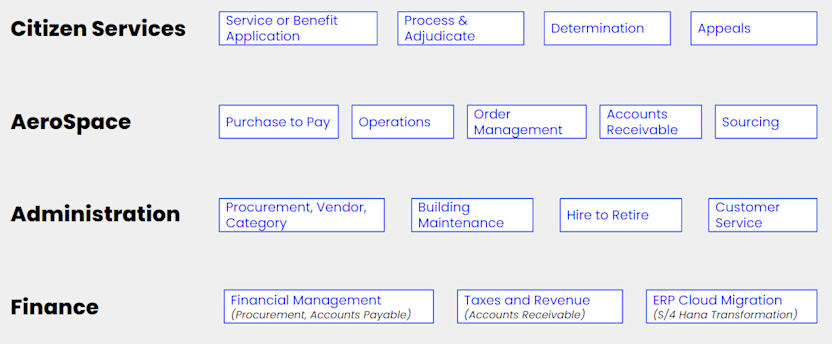
Celonis’ new public sector leaders: Process mining can add value to government, citizens
Celonis plans to help the public sector become more efficient by leveraging its Execution Management System to wring returns from existing information technology investments and improve the processes behind government services provided by a host of Federal, state and local agencies.
According to Gartner, worldwide government IT spending is expected to reach $557.3 billion in 2022, up 6.5% from 2021. Of that tally, 64% of global government IT spending will be allocated to IT services and software.
The public sector launch comes as governments of all levels aim to digitize services, but struggle with efficiency. For instance, the US federal government is often hampered by legacy systems, challenging migrations and return on investments that often fall short, according to various reports from the US General Accountability Office. Process mining and execution management can give governments the visibility needed to boost efficiency, improve performance and ensure citizen services are providing the best experiences, without replacing existing systems.
I caught up with Mike Daniels, SVP Global Public Sector at Celonis, and Todd Schroeder, VP of Business Development, Public Sector, to talk about the execution challenges unique to the public sector. Here are a few of the key themes:
The opportunity. Daniels said that at its core, the public sector is process driven. "There are two major citizen service processes, the application for some form of a benefit or service and the actual provision of that benefit or service. There is a ton of citizen interaction," he said. Improving those processes can lower costs and deliver the highest return for citizen services. Schroeder said the public sector can also transform with a continuous improvement approach.
Multiple process improvement use cases will emerge for the public sector, including across service delivery, healthcare, call centers and the front-office. "Our market is largely about front office and citizen impact and will push the boundaries of innovative use cases for the Celonis Execution Management System (EMS) platform," said Schroeder.

The challenge. The public sector has a siloed and diverse computer environment, explained Daniels. Governments have been on a cycle of replacing systems without also focusing on continual process and execution improvement. The public sector has made efforts to move to cloud computing, but it's not uncommon to find multiple systems and billions of dollars spent on them. "We're looking to help the public sector unlock the processes to maximize existing systems," said Daniels. "It's much less risky for public sector customers to implement our EMS and drive higher ROI.”
The need to drive productivity from existing systems is critical since the public sector can't rely on technology off the shelf, said Daniels. "Every one of these agencies is bespoke to some degree and fairly unique," he said.
Global public sector spending. Half of the public sector IT spend is in the US, but the Celonis effort will be global and involve multiple partners. State and local execution management efforts will revolve around social services and health, said Daniels. "The COVID-19 pandemic highlighted the compelling need for the social safety net, which has been chronically underfunded," he added.
In addition, Daniels said process excellence should export well around the world. "If you're a pensioner in the UK, there's a process that would look like it does for the US. It would be similar for driver's licenses. Citizen service and social services are a big reason why the government exists," said Daniels.
Partners and ecosystem. Schroeder and Daniels said that Celonis' public sector efforts will be inherently partner led for large integrators as well as smaller ones. The Celonis program C4C+ Execution will directly align the partner ecosystem with government executives on exactly where the biggest impact can be made, said Schroeder. But Schroeder added that there are a bevy of specialized public sector technology experts that will be Celonis partners. Many of these partners are women-owned, minority-owned and run by military veterans. Smaller partners often adopt new technologies faster and may see a process-oriented objective performance facts as a way to better compete.
Building a team. Daniels said the public sector team is building a global team of experts with strong domain knowledge to deliver value to the public sector. Broadly, Celonis continues to rapidly grow and add new talent across all departments, industries and geographies, with a new office in Los Angeles increasing Celonis’ physical presence to nearly 20 cities around the world.



